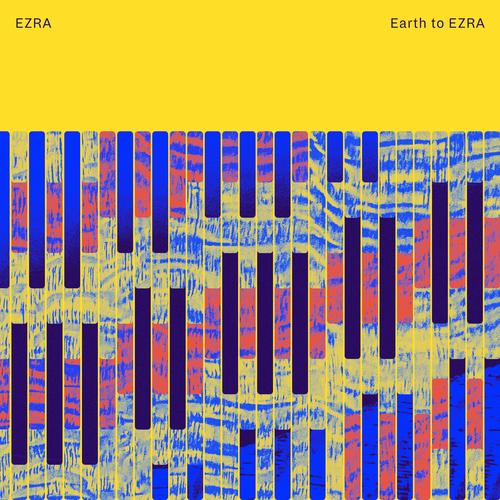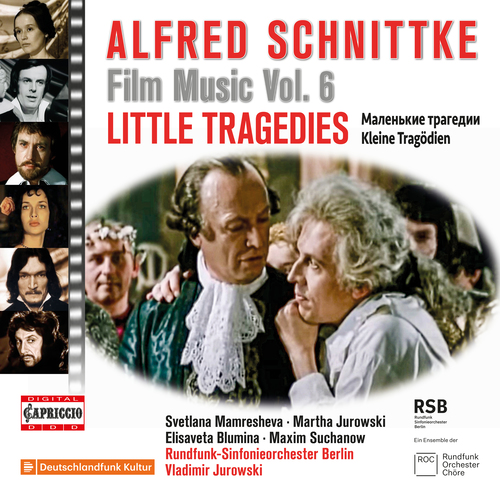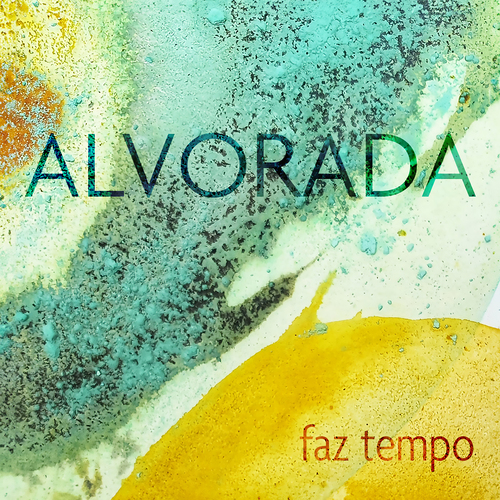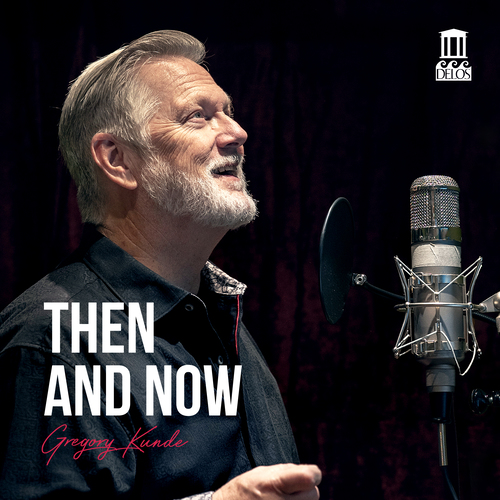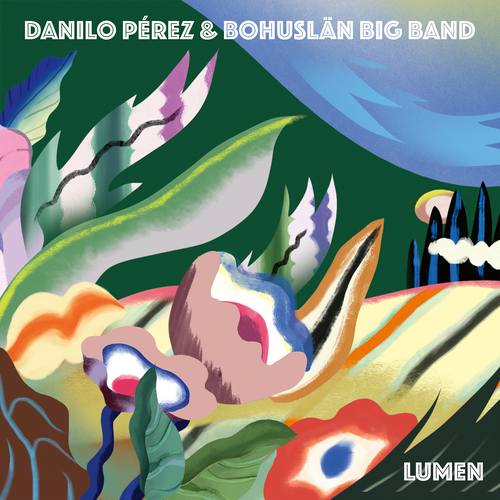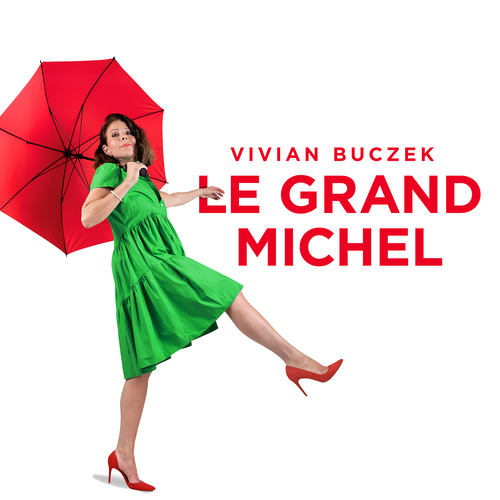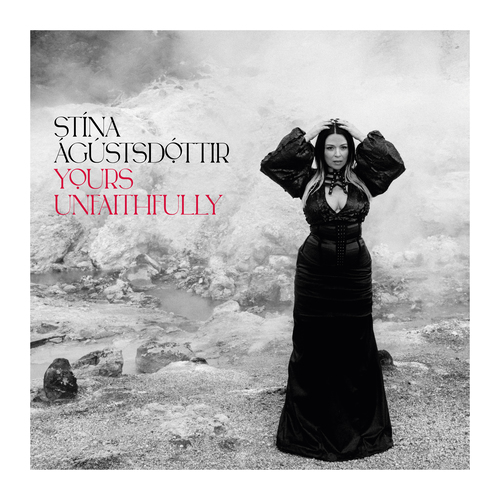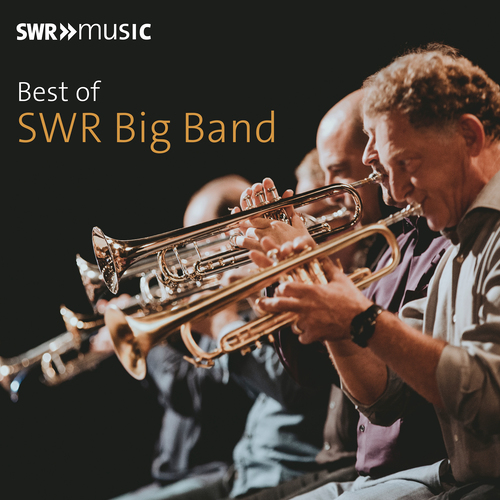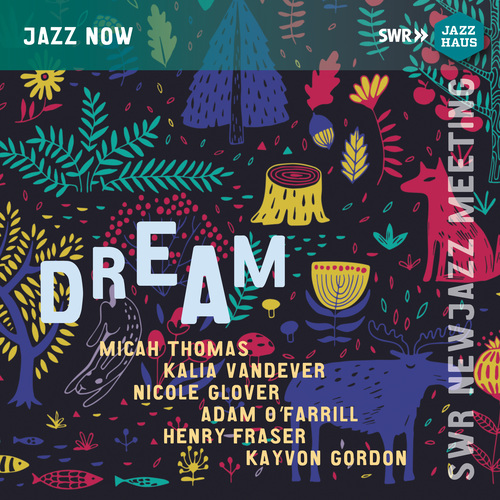In addition to its own wide-reaching monthly new releases (see www.naxos.com/newreleases.asp), Naxos also distributes several leading labels in many countries around the world. Here is a choice selection of recent releases from some of these distributed labels.
L’Auditori de Barcelona is one of the leading classical music institutions of Southern Europe and is home to the OBC Barcelona Symphony Orchestra and the BMB Barcelona Symphonic Band. The L’Auditori label was created to promote new symphonic music, as well as Catalan and Spanish heritage, along with selected long-term projects of the Classical repertoire of the OBC Barcelona Symphony Orchestra. The fundamental pillars of L’Auditori are innovation, excellence, social responsibility, education, and the dissemination of musical heritage.
OBC and Ludovic Morlot will release Ravel’s complete orchestral works in six volumes from now to December 2026. Check out a short preview on YouTube!
The Barcelona Symphony Orchestra (OBC) and Music Director Ludovic Morlot – renowned specialist in French repertoire with four GRAMMY awards – are set to release the complete orchestral works of Maurice Ravel on six albums. The first volume, recorded at the Pau Casals Hall of L’Auditori in collaboration with Mike George and Stephen Rinker – producer and sound engineer of the BBC and Chandos labels – includes three iconic works by the composer from Ciboure (French Basque Country).
Ludovic Morlot’s precision and mastery of orchestral colour give these recordings great transparency, featuring meticulously balanced sound and expressiveness that showcase the OBC’s poetic capabilities. Additionally, the collection features the editorial revision of the complete orchestral works of the French composer: the Ravel Edition. This ambitious project unites artists such as Bertrand Chamayou, Renaud Capuçon, François-Xavier Roth, Ludovic Morlot, George Benjamin, Kirill Karabits, or Cristian Măcelaru, among others.
Barcelona gave rise to the important composer Carles Suriñach, whose artistic contributions reflect a unique yet closely aligned aesthetic within the contemporary music scene. Suriñach dedicated significant portions of his valuable body of work to music bands, wind ensembles, and percussion orchestras. Through his compositions, he skilfully harnessed the timbral potential of these groups, elevating them to a respected status in contemporary musical art.
Carles Suriñach (Barcelona, 1915) emigrated to the United States in the 1950s, where he developed an important career as a ballet composer with the prestigious choreographer Martha Graham. In addition to his ballet compositions, he wrote variety of symphonic works, concertos, and chamber music. This recording includes some of his most notable pieces for symphonic band.
BR-Klassik is dedicating a second portrait edition to the eminent Dutch conductor Bernard Haitink, containing a total of 9 discs. Haitink, who passed away in October 2021, would have turned 95 in March 2024. These exceptional live recordings document the long-standing and intensive collaboration between Bernard Haitink, the Bavarian Radio Chorus, and the BRSO. Since conducting his first subscription concert in 1958, Haitink worked with the BRSO for over six decades – performing in venues such as the Herkulessaal of the Residenz, sometimes in the Philharmonie im Gasteig. The orchestras’ musicians and singers were just as happy to work with him as the Bayerischer Rundfunk’s sound engineers. As a continuation of the Portrait Box released in February 2019, this new edition offers an excellent overview of the joint interpretations of masterpieces from the Viennese Classical period, the German-Austrian late Romantic period, and the 20th century, including outstanding compositions by Beethoven, Bruckner, Dvořák, Mahler, and Shostakovich.
Béla Bartók is one of the unquestionably ‘great’ composers and one of the few of a more recent age to succeed in establishing themselves in the repertoire. His three piano concertos are central to his biography and musical output, but only No. 3, with some generosity, could be considered ‘popular’. Although well represented on disc, the first two are rarely performed in concert. Tzimon Barto sees a problem in adopting an overly mechanical approach to these two percussive works: ‘Even Bartók needs a supple touch. If you bang away at it, without rhythmical buoyancy, of course it will become tedious.’ These recordings reflect how he does justice to this approach.
Exclusively available for streaming and download
Markus Poschner’s acclaimed recordings of Bruckner’s symphonies bring together the versions identified as having significant revisions and changes in the authoritative New Anton Bruckner Complete Edition. It reflects the latest research and the most up-to-date editorial criteria, making this release the definitive Bruckner symphonies cycle. From the embryonic ‘Student Symphony’ in F Minor to the glorious but incomplete Ninth, these are works filled with endless fascination and profound depths of emotion, revealing a composer solidly grounded in Austrian tradition while simultaneously looking towards infinity.
Austrian-Croatian conductor Milan Turkovic, renowned for his exceptional career as a bassoonist, presents a varied Mozart program with the Wiener Concert-Verein chamber orchestra. Turkovic has been particularly interested in preserving the Viennese sound tradition, a passion that developed during his time with the Concentus Musicus under Nikolaus Harnoncourt.
This latest album entitled ‘Nachtmusik’ (Night Music), features the world-famous Serenade No. 13 in G Major, K. 525, known as ‘Eine kleine Nachtmusik’, along with the Divertimento in D Major, K. 136, and Symphony No. 39 in E Major K. 543, which is onet of Mozart’s final three symphonies. Listeners can expect the Viennese sound tradition ‘at its best’.
Franz Schmidt’s symphonies cover the years 1899 to 1933 and chart a development securely within the Austro-German tradition. The contrapuntal mastery of Symphony No. 1, the command of variations in No. 2, the harmonic sophistication of No. 3, and the best-known of the quartet, the elegiacal and highly Romantic No. 4, all evoke a distinctive sound world and contain powerful expressive features. The accompanying orchestral works, including the popular Intermezzo from the opera Notre Dame, are equally powerful examples of his art. The recordings in this set received high praise with BBC Music Magazine lauding Vassily Sinaisky’s ‘revelatory cycle’.
There are fruitful contrasts in the works for piano and orchestra of these two French composers. Gabriel Fauré’s Ballade in F-Sharp Major is graceful and serene but ends with a Lisztian flourish, whereas his neglected Fantaisie, though modestly orchestrated, is distinctive and characterful. Francis Poulenc, himself a gifted pianist, wrote his Piano Concerto for the Boston Symphony during his second American tour in 1949, full of alluring melodies and seductive orchestral colour. The ballet Aubade was composed for piano and 18 instruments with a scenario by Poulenc himself. It foreshadows the concerto while also revealing a Stravinskian influence.
The 18th century established the horn as a solo instrument, with virtuoso players commissioning concertos throughout Europe. The technical demands required to play hand-stopped instruments meant that many such concertos have not surfaced until recently. An exact contemporary of Beethoven, Friedrich Witt makes athletic use of the horn’s range in his Concerto in F Major, which is also a feature of the cat-and-mouse interplay in Hoffmeister’s Concerto No. 3 in E-Flat. Expressive lyricism is present in such works as Leopold Mozart’s elegant and refined Concerto for Two Horns in E-Flat Major, while the graceful Larghetto in Pokorný’s Concerto for Two Horns in F Major is framed by two exuberant outer movements.
The fourth volume in this series culminates in Haydn’s grandest symphonies, written during his second, triumphant visit to London. The works possess increased artistic weight and mark a transition from Viennese Classicism to Romanticism. In their profuse thematic writing, lyricism, wit and peasant-like evocations – some said to be rooted in Croatian melodies – they offer a kaleidoscopic tour-de-force of his symphonic genius at the zenith of his achievement. Once again, Adam Fischer and the Danish Chamber Orchestra employ the best technical performance practice in their recordings.
William Walton and Edwin York Bowen count among composers who found it difficult to achieve a lasting international breakthrough. Similarly, the viola has often struggled for attention, with its attractive qualities overlooked by many, resulting in a limited solo and concerto repertoire. Both Walton and Bowen composed their concertos with the renowned violist Lionel Tertis in mind, creating significant contributions to the viola repertoire. All lovers of classical music are indebted to them for these important compositions, which enrich the instrument’s artistic landscape.
Antonio Vivaldi composed the largest collection of concertos for bassoon, second to those for violin, with thirty-nine extant works, of which only two remain incomplete. Beyond this impressive quantity, as Cesare Fertonani noted, what stands out is Vivaldi’s remarkable grasp of the technical capabilities of the bassoon, demonstrated through an innovative approach that elevates the instrument to full solo status. His insight into its expressive potential is unprecedented in the history of music, as shown by the diverse techniques used in these works and the wide range of emotions they convey.
Paolo Carlini is the soloist in this selection of the most important concertos for the bassoon by Vivaldi, accompanied by the esteemed Virtuosi Italiani orchestra, under the direction of concertmaster Alberto Martini.
Franz Joseph Haydn, a towering figure in classical music, is celebrated for his groundbreaking contributions to the symphonic form. This collection showcases two of his most iconic works, demonstrating his innovative spirit and exceptional orchestration. Symphony No. 43, often referred to as Mercury, highlights Haydn’s playful yet sophisticated style, while Symphony No. 49, known as La passione, delves into deeper emotional territory. Led by Rachel Podger, the Tafelmusik Baroque Orchestra presents these compositions with authenticity and clarity, inviting listeners to appreciate the breadth of Haydn’s artistry.
Felix Mendelssohn’s childhood precocity as a composer is regarded by many as exceeding that of Mozart – the works recorded here retain much of that sense of youthful inspiration and vitality. The ‘Italian’ Symphony is a model of exquisite balance between Classical and Romantic elements filled with warm lyrical charm reflecting a visit the composer made to Italy in 1830. From its solemn opening to a jubilant coda, the expressive world of the ‘Reformation’ Symphony derives largely from a dramatic use of famous hymn tunes. Unequalled as an evocation of atmosphere and mood, The Hebrides served as an example to the numerous tone poems that followed. These classic Vox recordings by the Baltimore Symphony are conducted by Sergiu Comissiona, the orchestra’s Romanian-born Music Director from 1969 to 1984, who forged it into one of America’s finest.
‘Comissiona is an outstanding conductor who has brought the orchestra in Baltimore to a high degree of ensemble precision and tonal polish.’ – The New Records
Antonín Dvořák, a master of melody and emotion, has left an indelible mark on the world of song through his rich and evocative compositions. This collection features a selection of his lyrical masterpieces, showcasing the depth of his musical expression. The Love Songs, Op. 83, B. 160 captures the essence of romance with tender melodies and heartfelt sentiments. In Songs from the Dvur Kralove Manuscript, Op. 7, B. 30, Dvořák draws inspiration from traditional themes, infusing them with his unique harmonic language. In Folk Tone, Op. 73, B. 146 reflects his deep appreciation for folk music, while Zigeunermelodien, Op. 55, B. 104, offers a vibrant exploration of gypsy melodies. Performed by Ester Pavlů (vocal) and accompanied by Charles Spencer (piano), this recording allows listeners to delve into Dvořák’s lyrical universe, highlighting the emotional depth and cultural richness of his song repertoire.
Giovanni Paisiello enjoyed a considerable international reputation during much of his career, with 80 or more operas that presented a challenge to those of Mozart in Vienna. La finta amante was composed during Paisiello’s time at the Russian court of Catherine II and it soon became a triumph throughout Europe for its elegant and luminous music. With just three characters, captured forcefully by Paisiello’s innate sense of theatre, the comedy revolves around Camilletta who, alongside her boyfriend Gelino, deceives the older but wealthy Don Girone in games that inevitably lead to dangerous consequences.
In 1822, the young Donizetti was engaged by La Scala to compose an opera. Chiara e Serafina was the outcome and the librettist was Felice Romani, a refined scholar but a notoriously slow and touchy worker. Consequently, Donizetti had barely twelve days to compose the whole work. Because of the incoherent plot, which concerns Don Meschino and his daughter Chiara who are kidnapped by Algerians, and the villainous Don Fernando who schemes to marry the nobleman’s younger daughter Serafina, the result was a fiasco. Donizetti’s music, however, is characterful and profuse with delightful duets, trios and ensembles.
Wolfgang Rihm’s opera Jakob Lenz, which received its world premiere at the Hamburg State Opera’s Opera stabile on 8 March 1979, can be understood as a palimpsest. Resembling a parchment on which writings of different ages overlap but always remain translucent, this opera is also the result of multiple layering: we see the historical figure of the Sturm und Drang poet Jakob Michael Reinhold Lenz from the second half of the 18th century through the eyes of Georg Büchner, who wrote his Lenz novella around 1835. The story is mirrored once again in Michael Fröhling’s libretto version, on which Rihm’s opera is based. This recording is of the opening night performance of the opera’s staging at the Nationaltheater Mannheim in December 2021, conducted by Franck Ollu.
‘In Reformationssvit, I wanted to create a musical journey through the history of Christianity with a series of hymns, composed or modernised by Martin Luther, as well as some Swedish hymns, both well-known and lesser-known, which I have arranged in different styles. Most of the hymns can be found in the Swedish hymnbook from 1697, some of which are still included in the present day hymnbook. I have used the old translations, amongst others those by Olaus Petri.
The journey begins in Jerusalem in the first century. People are playing music in the streets and market places and singing can be heard from the temple. We also hear Jesus’ last words on the cross. Then, via the Coptic Church, we arrive at the Gregorian chant with its modes: Mixolydian, Lydian, Dorian, etc.
All the melodies I have used were originally single line melodies, so all the voicing and harmonisation have been created by me.’ – Jonas Dominique
The Russian Revolution of 1917 and the subsequent Cultural Revolution did everything in their power to destroy the influence of religion in the Russian Empire. Sacred music became forgotten by the general public in the process. Although Schnittke, whose German-born father emigrated to the Soviet Union in 1926, was atheistically influenced by the state education system, he believed spiritually in ‘something greater’. In 1982, he was baptised a Catholic, and shortly before his death he was accepted into the Orthodox Church. The search for a religious identity can also be traced in his works.
Vedel and Bortniansky are among the most important composers of Ukrainian classical music of the 18th century. Little is known about Vedel’s life. The works attributed to him, including 31 choral concertos, are all set to liturgical texts or Bible verses. In these works, the traditions of the Orthodox church music of his homeland, Ukrainian Baroque tradition and folk songs merge with a new Western European operatic and instrumental style.
Bortniansky is highly credited with bringing the genre of the sacred concerto to fruition. Consisting of psalm verses set to music, which were sung during the Eucharist in church services, its purpose at the time was far-reaching: as a universal genre, it was the highlight of the Orthodox liturgy, an adornment of the state ceremony that was additionally intended for a kind of domestic music-making. In the Western repertoire, it comes closest to the instrumental concerto grosso, the difference being that no instruments are permitted in the Orthodox service.
Dark Currents is the third full-length recording by Splinter Reeds, the West Coast’s premier reed quintet, featuring Kyle Bruckmann (English horn), Bill Kalinkos (clarinet), Nicki Roman (saxophone), Jeff Anderle (bass clarinet), and Dana Jessen (bassoon). The album opens with Michael Gordon’s majestic Tall Grass, which cascades into undulating waves of melody, spreading outward on a moody canvas that surges with tension and emotion. By contrast, Paula Matthusen’s Antenna Studies combines ambient soundscapes and found sounds; the musicians quietly tease their instruments with breath control and percussive pad strikes as a sombre melodic figure gradually begins to take shape. Taken together, these two 20-minute performances propel the listener forward on an ever-changing journey, by turns hypnotic, ecstatic, surreal, and spooky, that tests the preconceived boundaries of modern chamber music.
For this second volume of Beethoven’s string quartets, the Doric String Quartet has combined one middle period, one late, and two early quartets to create a programme that works on its own terms, as well as forming part of the complete cycle. The musicians start off with a vivid performance of Op. 18 No. 2, following it with the Quartet, Op. 130, in which, as finale, they perform the Große Fugue (Op. 133), as Beethoven long contemplated it. They have appended the alternative finale, first published with Op. 130, thus allowing the listener to choose either version. Op. 18 No. 5 in A Major is then followed by Op. 59 No. 2 in E Minor. Op. 18, Beethoven’s first set of quartets, often show influences from the quartets of Haydn and Mozart, albeit very much filtered through Beethoven’s original artistic sensibility. The second set, the three ‘Razumovsky’ Quartets, Op. 59, was written in a golden period of the composer’s creative life (alongside the Fourth Symphony, Violin Concerto, and Fidelio) and shows both development from the earlier set and a powerful distinctness. Although misunderstood (or found incomprehensible) by their first audiences, Beethoven’s late quartets have become universally admired as among the pinnacles of western art music. Stravinsky considered the Große Fuge ‘an absolutely contemporary piece of music that will be contemporary forever’.
This album presents music from all five decades of Tage Nielsen’s career – from the impassioned piano sonata, only his third work completed in 1950, to the maturely balanced horn trio, Trio Simplice, and the little sonatina for clarinet and piano written in the late 1990s. We hear the two modernist nocturnes from 1960, a watershed year in Danish musical life, the deeply fascinating character pieces for piano that bring the many styles of the 1970s in Denmark into play, and the impressionistic reveries of Improvisation and Fugue from the 1980s. And with the songs to Shakespeare fragments, we get a small, hyper-concentrated insight into Nielsen’s fascinating abilities as an opera composer. Altogether highly varied music that curiously breaks with the currents of its time yet remains condensed, precise and clear in thought and expression.
When Matthias Kessler (1997), Luca Staffelbach (1996), and Fabian Ziegler (1995) play the works of French composers, they use up to two marimbas, three vibraphones, and two glockenspiels, sometimes more, sometimes less. The three musicians, all of whom hail from Switzerland and Austria, have dedicated five years to developing their debut recording. The ensemble’s common denominator is a great desire to explore the infinite potential of percussion instruments.
Matthias Kessler, Luca Staffelbach, and Fabian Ziegler invariably receive an enthusiastic response at their concerts, where the audience is always impressed by the variety of these instruments they have at their disposal. In addition to the wealth of musical effects they utilise, the high level of synchronisation achieved by this young trio is astonishing, and it often appears to the untrained eye that everything one hears is being played by a single instrument.
‘We hope that perhaps in five or ten years’ time, people will come away from a marimba and vibraphone concert just as they would from a piano recital and not just say that was a sensational show,’ is how Matthias puts into words the group’s aim for the future, something that, in turn, should also be reinforced by their album debut.
Friedrich Bloch (Frederick Block once he arrived in America) was born in Vienna in 1899. His father, Sigmund, supported music as a pastime, but opposed it as a career. His heart was changed when his son returned home unscathed at the end of World War I, and his financial support enabled the young composer to study, first with the Czech composer Josef Bohuslav Foerster, and then with Hans Gál at the University of Vienna. Through the 1920s and 1930s, his success grew, and performances and broadcasts of his chamber works led to orchestral premières with the Vienna Symphony Orchestra, and eventually to opera: his third, Samum, was extremely successful. Following the Anschluss, Jewish involvement in Austrian institutions, professional life, and education ended, and a ruinous exit tax was imposed on those who could afford to leave. Frederick shipped his piano and personal effects to New York, and moved to London before emigrating in 1940. After Frederick arrived in New York, his output remained high, and included three symphonies, Sunrise for mixed chorus and orchestra, an opera, Esther, several sets of piano pieces, a Viennese Suite for string orchestra and piano, and a large body of suites, sonatas, and chamber works. Unmentioned in his catalogue are the seventy-plus piano transcriptions of substantial orchestral works by other composers, all of which were issued by New York publishers. He also composed and arranged music for radio, principally for CBS. Sadly, he was taken by cancer at the age of forty-six.
Little is known of Vincenzo Bonizzi’s life, but he lived and worked mostly in Parma, and is remembered by music historians for writing the last work for the viola bastarda published in 1626. The viola bastarda was described as ‘the queen of instruments’ – it stands midway between tenor and bass viols in terms of size and tuning. Bonizzi’s Alcune opere di diversi auttori is a mixture of original music and pieces drawn from numerous sources, all of which are of high musical value and technical difficulty.
Viola da gamba player Paolo Biordi has recorded for Dynamic, Naxos and other labels. He is the author of world-renowned publications, such as his Metodo progressivo per Viola da Gamba and Viole de Gambe en Italie. He is a scholar of viola da gamba in the musical iconography of the 15th to 17th centuries.
Andrea Perugi has collaborated with Orchestra Regionale Toscana, Teatro Comunale di Firenze, as well as Claudio Abbado, Cecilia Bartoli and more. He has recorded for various labels.
After a six-year hiatus, acclaimed pianist Zhu Xiao-Mei returns with a deeply personal and masterful recording of J.S. Bach’s English Suites. This release completes her heartfelt journey through Bach’s piano compositions, marking another significant milestone in her extraordinary career.
This project is the culmination of years of meticulous preparation and an intimate relationship with the music. Zhu Xiao-Mei’s approach is characterised by a profound connection to each piece, allowing her to bring out the subtleties and nuances that make Bach’s work so timeless. Her dedication to living with the music day-by-day ensures a performance that is both authentic and deeply resonant.
The English Suites, with their blend of lively orchestral and delicate intimate moments, have a special place in Zhu XiaoMei’s heart. She describes them as ‘a music of intimacy,’ making this recording particularly unique. Despite the challenges, including pandemic-related delays and finding the perfect piano, her dedication to authenticity shines through in every note.
Zhu Xiao-Mei’s insightful and sensitive performance invites you into a world of subtlety and depth, offering a refreshing contrast to today’s fast-paced musical landscape. This album is not just a completion of her Bach recordings but a milestone that underscores her exceptional artistry and unwavering devotion to Bach’s timeless music.
This recording is a testament to Isabel Dobarro’s passionate commitment to the music of contemporary women composers and also to her promotion of their highly individual and richly varied perspectives. The composers heard on this album are ones she admires and they have all made outstanding contributions to the music world. Whether GRAMMY Award and Pulitzer Prize recipients, Guggenheim Award or Latin GRAMMY Award winners, the music here ranges across continents, cultures and traditions to inspire pianists and audiences alike, creating a new 21st-century lexicon.
This new album features the Fairy Guitar Quartet, a group formed in 2020 by four guitarists united by a strong passion for chamber music. Volver, their recording debut, explores the great Argentine musical repertoire with a new research approach, offering an evocative musical journey that highlights the connections between Italy and South America, allowing listeners to experience and rediscover intense emotions.
In a story of continuous departures and returns, complex feelings emerge – chapters infused with great evocative power that belong to a shared cultural heritage. This album presents a valuable opportunity to rediscover a world full of charm, reflecting the creative intersections of different cultures (African, Indigenous, Spanish, and Italian). The listening experience centres on the theme of Volver, which resonates deeply in both Italian and Argentine culture, as well as through the southern hemisphere: the sadness of separation from what you love and the hope of re-embracing your roots.
Featuring innovative arrangements by Gianvincenzo Cresta and Francesco Fausto Magaletti, the album includes works by Carlos Gardel, Anibal Troilo, Ariel Ramirez, Gustavo Leguizamon, Daniel Toro and Astor Piazzolla.
Every summer, the opera season in the ancient Roman Arena of Verona attracts thousands of music lovers. Nearly 22,000 spectators regularly fill the amphitheatre for the performances. The dream couple of opera, Sonya Yoncheva and Vittorio Grigolo, returns to the breathtaking open-air stage to perform Giacomo Puccini’s Tosca. Bulgarian soprano Sonya Yoncheva is ‘one of the best Toscas currently singing’ and Vittorio Grigolo ‘the most Italian Cavaradossi we know. With lots of wonderful melting, elegant and nonchalant full of triumphant greatness a triumph all along the line’ (Online Merker).
The captivating staging by Argentine director Hugo de Ana masterfully exploits the amphitheatre’s vast space by placing huge elements on the stage that are reminiscent of or borrowed from the locations of the action, makes the opera a ‘spectacle of monumental opulence’ (Online Merker). ‘A Tosca to relish!’ (Artesnews.it) ‘standing ovation Tosca at the Arena di Verona’ (Operalife).
Ernani is a gripping drama about love and revenge by Giuseppe Verdi. Written in his unique style, it brims with poignant arias, rousing choruses, and enthralling ensemble scenes. The rebel leader Ernani recognises his father’s murderer in the Spanish King Carlo and seeks revenge. Both men are in love with Elvira, who is also courted by the older Silva, to whom she is to be married.
Director Lotte de Beer and her set and costume designer Christof Hetzer devote themselves to the fictional plot which bears references to the 16th century. They demonstrate their rich scenic imagination in this production, conducted by Enrique Mazzola who ‘provides musically magic moments at the stand of the Wiener Symphoniker’ (Schwäbische Zeitung). ‘Great singers, fiery music and an action-packed staging’ (Allgäuer Zeitung). ‘A mixture of Tarantino’s Kill Bill and Monty Python’s The Knights of the Coconut.’ (Deutschlandfunk)
Initially composed for performance during the season of Lent, Donizetti’s Il diluvio universale (The Great Flood) takes a Biblical story and mixes it with the human nature of the main characters, creating a uniquely intense drama. Performed here with a stellar cast in its acclaimed 2023 revival at the Festival Donizetti in Bergamo, this production transports Donizetti’s opera into the present day. In this staging, collective and individual destinies are interwoven, urging us to reflect on issues such as the environmental crisis and climate change.
Teatro La Fenice has a tradition of opera production that goes back to 1792. This collection brings all of the live atmosphere and drama of six operatic masterpieces from a theatre that has seen more than its fair share of historic premieres. This set includes the 19th-century romance of Bizet’s Les pêcheurs de perles, the intense drama of Verdi’s Luisa Miller, Britten’s hauntingly understated Death in Venice, Massenet’s tragic tale of love and redemption in Thaïs, Wagner’s final opera Parsifal and Korngold’s Die tote Stadt, one of the great operatic successes of the 1920s. An entire century’s worth of opera can be seen and heard in these acclaimed productions from Venice’s legendary venue.
Guided by his idol George Balanchine, Hans van Manen has striven all his life to create meaning in his choreography. Alongside conversations with colleagues and collaborators, in the documentary Moving to Music, van Manen talks about his life and work, and from where his inspiration came in ballets that are charged with drama and eroticism. Also included are three complete works from Dutch National Ballet – the early Metaforen; Adagio Hammerklavier, which presents the slow movement of Beethoven’s Op. 106 sonata performed live on stage with three couples in various configurations; and Frank Bridge Variations, a late masterpiece that plays with balance and counterpoint to music by Benjamin Britten.
Torn between her desire for a life of splendour and riches and her devotion to her true love Des Grieux (Reece Clarke), the alluring and capricious Manon (Natalia Osipova) pays the ultimate price.
Kenneth MacMillan’s adaptation of Abbé Prévost’s novel L’Histoire du Chevalier des Grieux et de Manon Lescaut embodies his acute insight into human psychology and his mastery of narrative choreography. This is MacMillan at his best; finding full expression in the impassioned duets of the central couple, visceral and urgent in their desire.
Ever wondered where the worlds of progressive bluegrass music and microtonal synthesis might intersect? The EZRA ensemble is ready to answer the question on their adventurous second album, Earth to EZRA. Convening in an intimate studio in the Berkshires of western Massachusetts, the core quartet – composer and multi-instrumentalist Jesse Jones (guitars and vocals), Jacob Jolliff (mandolin), Max Allard (banjo) and Craig Butterfield (double bass) – teamed up with musical polymath Mark Stewart and keyboardist Xak Bjerken to craft a complex recording that is by turns whimsical, uplifting, haunting and otherworldly. And you can dance to it.
More succinctly, Elizabeth Ogonek describes the project as ‘a wild, surreal, and totally joyful album – a ‘cycle’ to be listened to from beginning to end.’ The sonic beast at the centre of Earth to EZRA is a microtonal organ designed by David Rothenberg and built by synthesizer pioneer Robert Moog in the mid-1960s. The 478-key instrument divides the octave into 31 equal parts, but was never actually functional until 2023, when electronic music scholar and instrument builder Travis Johns began the meticulous process of making the organ playable.
Alfred Schnittke’s film music encapsulates almost everything that characterises the Russian composer’s compositional style. A self-described polystylist, he began writing for film in the 1960s, penning sixty-six scores between 1962 and 1984 for Soviet film companies. His method of drawing on the past was rejected by proponents of the avant-garde, but embraced by filmgoers and concertgoers alike. Volume six in this Schnittke’s Film Music Edition presents scores from the film series Little Tragedies (1979), which was based on popular novels by Alexander Pushkin. After lengthy research, conductor Vladimir Jurowski was also able to record parts of the score which had been excised for the final film version.
Alvorada present their unique brand of Brazilian instrumental music. Rooted in the choro tradition, their rich compositions embrace rhythms from across Brazil, including samba, xote, bossa nova and baião, tinged with further influences from jazz, tango and more. Faz Tempo pushes traditional expectations with its bold and intricate arrangements, endlessly varied textures, and breathtaking improvisations and interplay – all transmitted with an infectious joy and soulfulness.
Acclaimed tenor Gregory Kunde marks his 70th birthday by making his first foray outside operatic repertoire with an album inspired by his childhood jukebox favourites. During a career that took him from a small town in Illinois to the international opera stage, Greg has retained his love for the songs which represent the soundtrack of his younger years. With this album, he realises a long-held dream to follow in the footsteps of legendary artists such as Frank Sinatra, Mel Tormé, Tony Bennett, and Bobby Darin, using his vast operatic experience to create personal and unique interpretations of some of the best American songs ever written alongside an ensemble of brass, percussion, and bass. This is Gregory Kunde Then and Now.
Danilo Pérez and the Swedish jazz orchestra, Bohuslän Big Band, have released a record where Pan-American rhythms meet the Nordic big band sound. The album, characterised by improvisation and playfulness, is evidence of music’s power to unite cultures.
The new album is the result of a collaborative effort marked by openness, experimentation, and mutual respect. The music, of which the majority is composed by Danilo Pérez, has its roots in Pan-American rhythms and grooves and is as majestic as it is playful with its elements of both improvisation and free flowing melodies. With track titles like Galactic Panama and Sunburn & Mosquito, Danilo’s roots are never far away and permeates in the feeling of the music.
‘This is a celebration of one of my favourite composers, the great French composer, pianist, and conductor Michel Legrand. On this album, I have chosen to interpret some of my favourite songs, arranged by Swedish pianist and arranger Martin Sjöstedt. Michel Legrand has always been a profound inspiration for me, and I have long dreamed of a project where I can interpret his music in my own unique way. His music, combined with the beautiful lyrics written by Alan & Marilyn Bergman, embody what I aim to convey to my audience: romance, dynamism, melancholy, as well as blues and swing.
My special guests on this album are the Danish harmonica player Mathias Heise and the Swedish trumpet player Peter Asplund, who is also the composer and arranger of the title track Le Grand Michel. A very special thank you to my musical partner, arranger, and producer Martin Sjöstedt, who always supports and challenges me musically in the most fun and generous way.’ – Vivian Buczek
Stína Ágústsdóttir is one of Iceland’s leading jazz and jazz-pop artists, renowned for her incomparable voice and significant presence on the Scandinavian jazz scene. Her discography includes five studio albums and an artistic journey that has paired her with legendary talents such as Morgan Ågren (Zappa), Henrik Linder (Dirty Loops), producer Bjarki Ómarsson, and jazz heavyweights like Hilmar Jensson, Carl Bagge, Dave Turner, and more.
Stina has extensively toured Europe and is a beloved fixture at jazz festivals. She has upcoming tours planned in both Europe and North America to support her new release.
Exclusively available for streaming and download
The Best of SWR Big Band album showcases the remarkable artistry and vibrant sound of one of Europe’s premier big bands. With a rich legacy of dynamic performances, this collection features a wide selection of tracks that highlight the ensemble’s versatility and musicianship.
This album includes celebrated works such as Sammy Nestico’s lively Night Flight and the soulful A Warm Breeze. Ella Fitzgerald’s iconic A-Tisket, A-Tasket, arranged by Klaus Lessmann and sung here by Fola Dada, captures the essence of jazz standards. Other highlights include Duke Ellington and Billy Strayhorn’s classic Satin Doll and the beloved What a Wonderful World, written by George David Weiss and Bob Thiele, with rich arrangements by Ralf Hesse that bring new life to familiar melodies.
With contributions from various renowned arrangers and lyricists, including Irving Berlin, Cy Coleman, and Hoagy Carmichael, the album presents a captivating blend of timeless compositions. The SWR Big Band’s interpretations of pieces like Blues in the Night and Struttin’ with Some Barbecue showcase their ability to infuse each track with energy and sophistication.
Whether you are a long-time jazz enthusiast or new to the genre, Best of SWR Big Band offers a comprehensive experience of the big band tradition. This album is a testament to the enduring appeal of big band music and its ability to resonate across generations.
Micah Thomas is a visionary among the pianists of the current New York improvisation scene. He became famous as the alert, energetic piano engine of the Immanuel Wilkins Quartet. As curator of the 2022 SWR NEWJazz Meeting, Thomas put together a band of outstanding New York improvisers. The sextet never played together in this form before.
The present single Dream is part of the album Forest, which will be released in November. When asked about a name for the SWR New Jazz Meeting project, Thomas said: Forest. The musical fruits of this album in fact shimmer like a dew-covered forest landscape that extends much farther than a single glance could take in. And in this ‘forest’ something magical happens: it is dark, calm and quiet, and then suddenly, for a moment, rare, shy animals appear out of the mist and fog. These tracks, selected subsequently by Thomas, offer such experiences. They are deliberately identified as fragments. Highlights from long spontaneous improvisatory passages.
Make sure to subscribe to Naxos newsletters for other great offers.













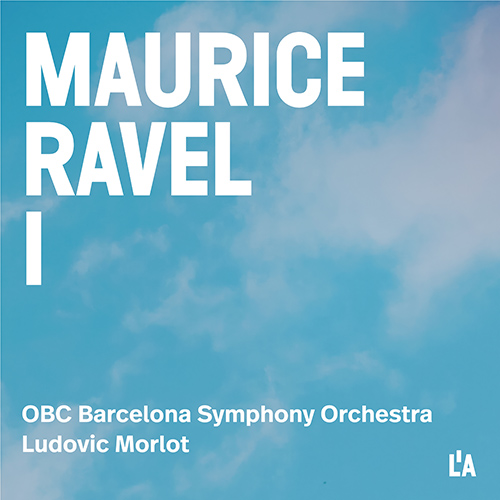
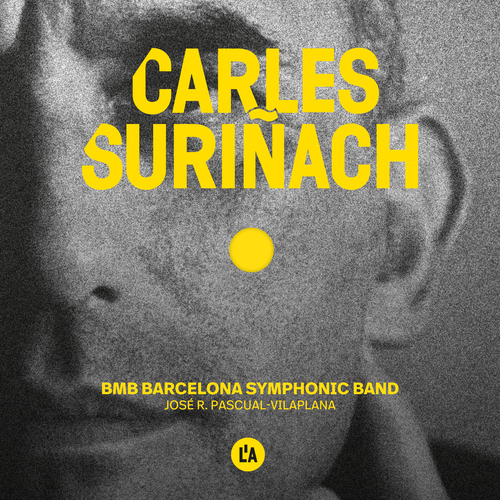
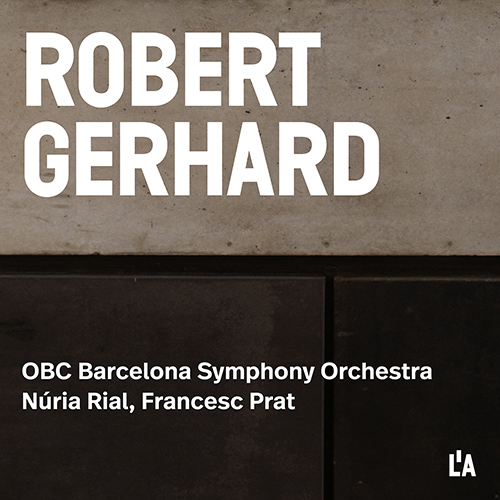
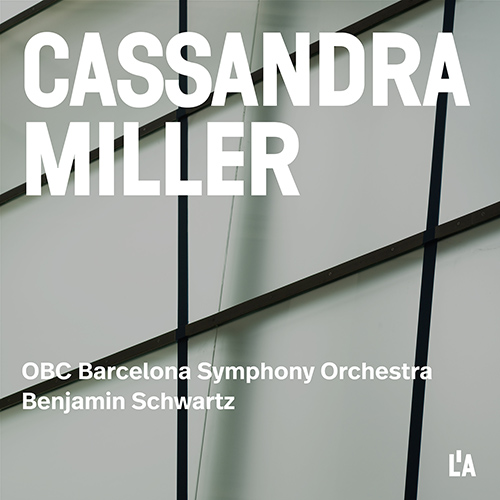
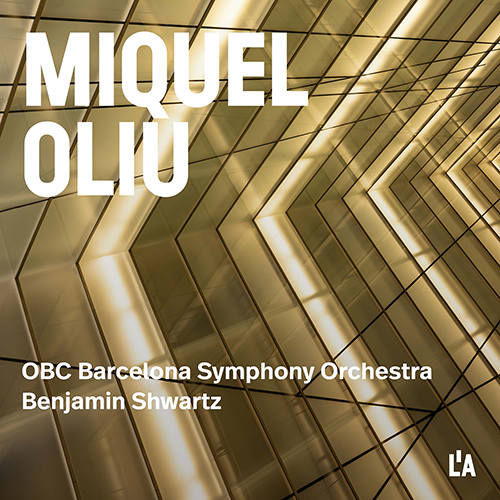
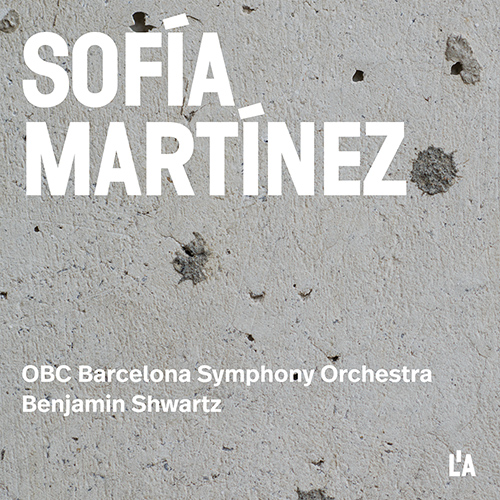
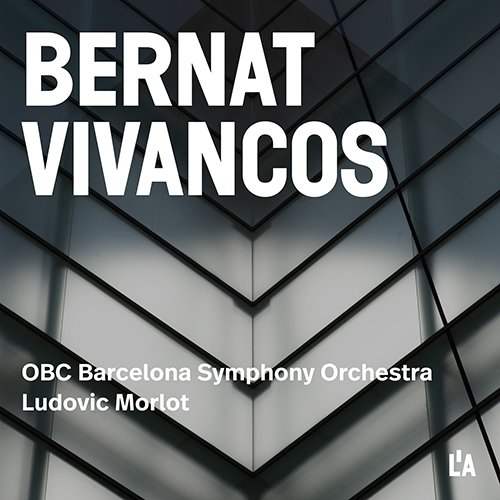
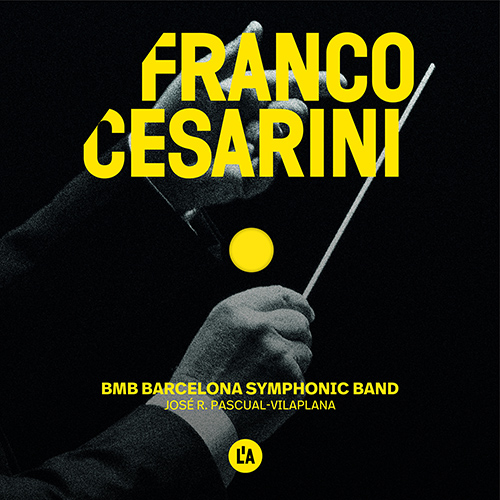
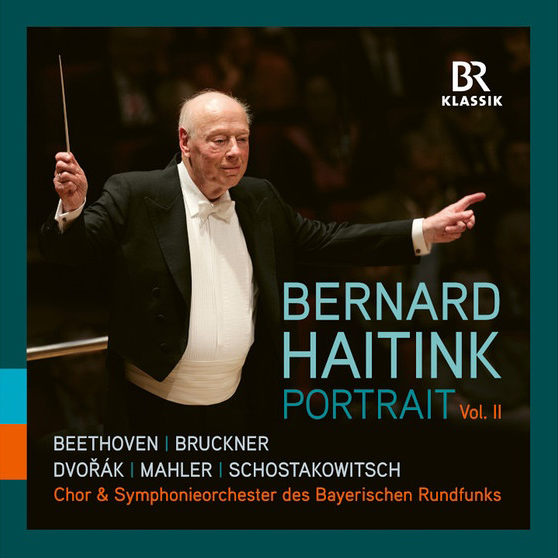
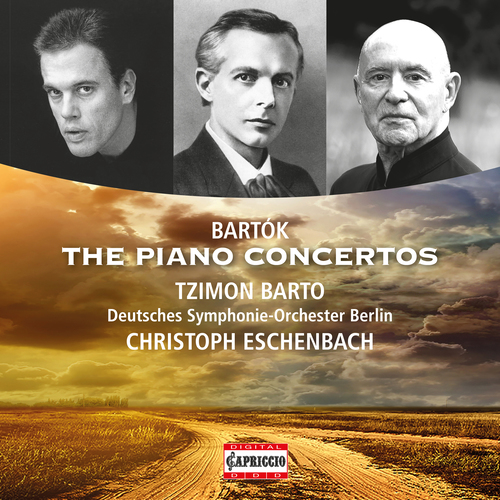
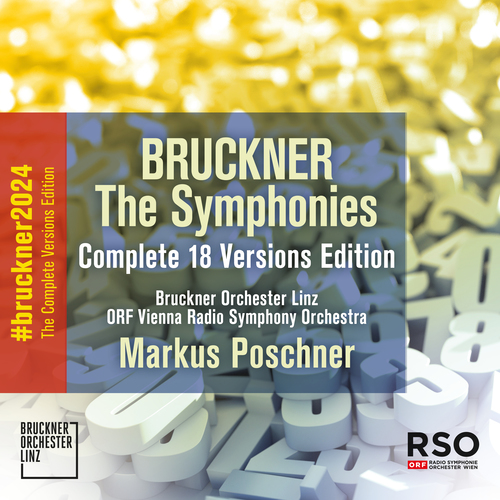
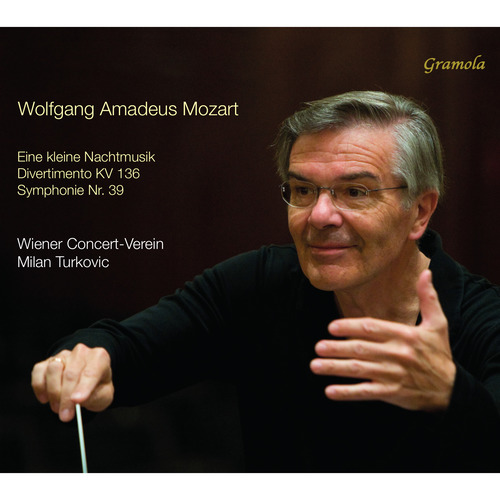
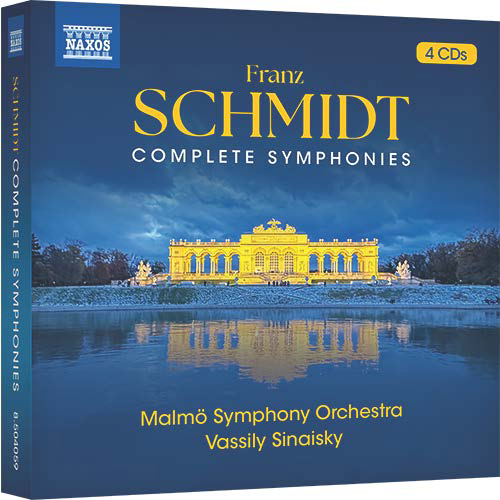
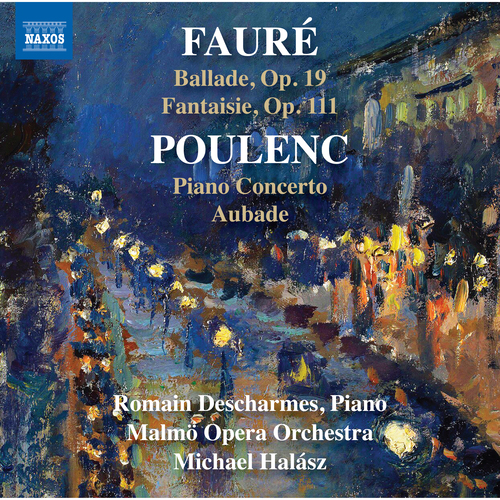
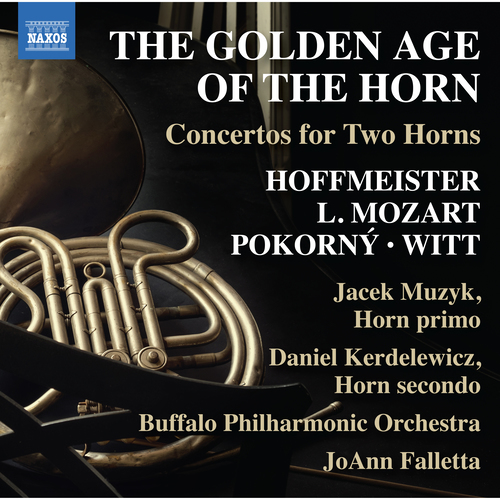
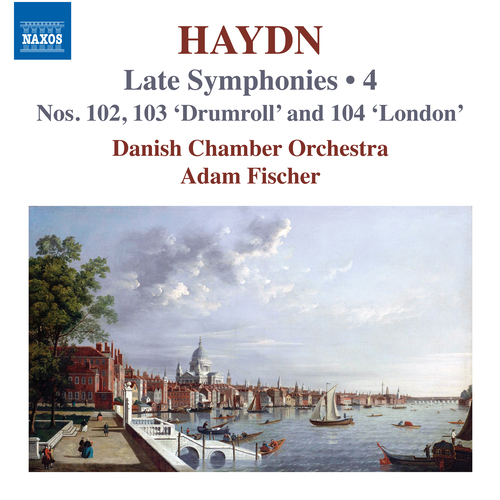
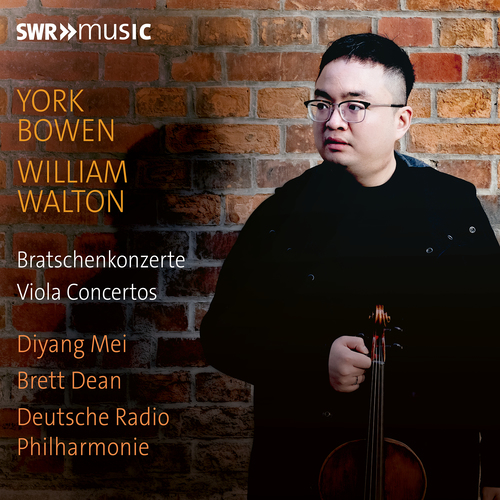
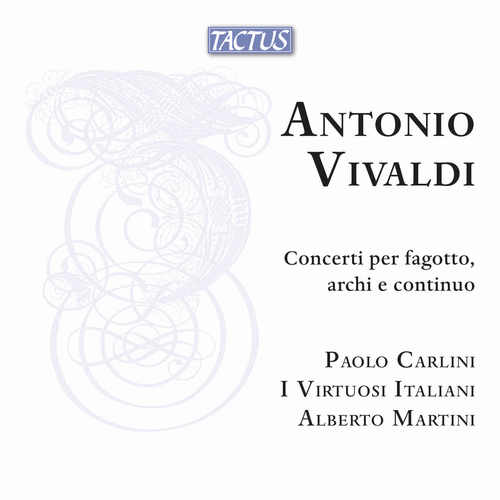
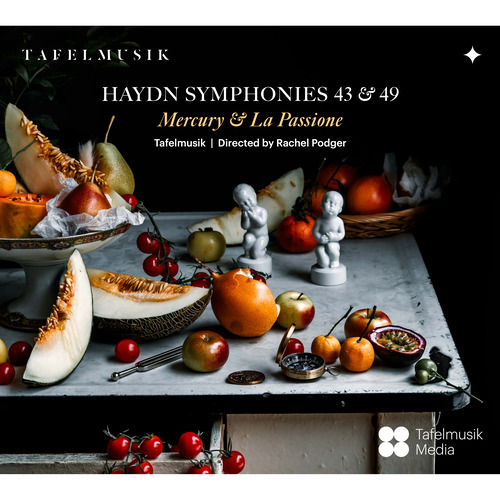
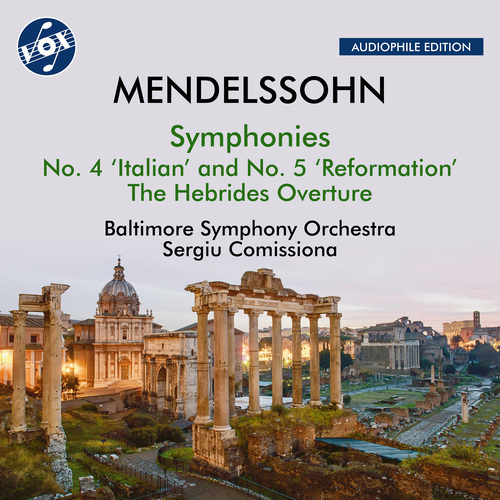
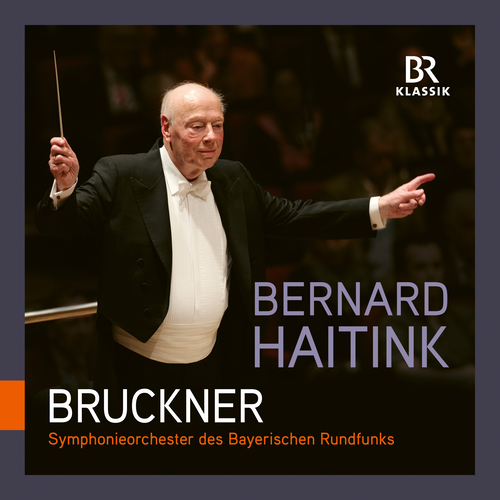
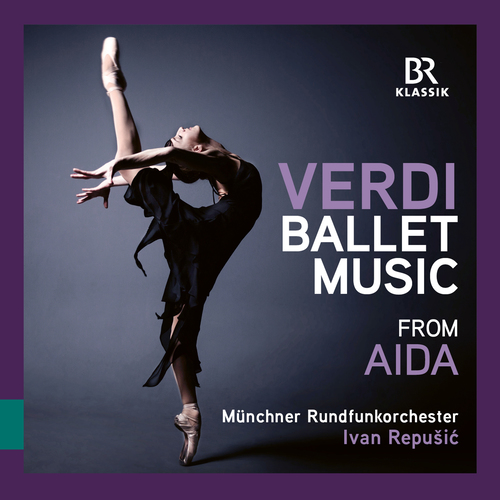
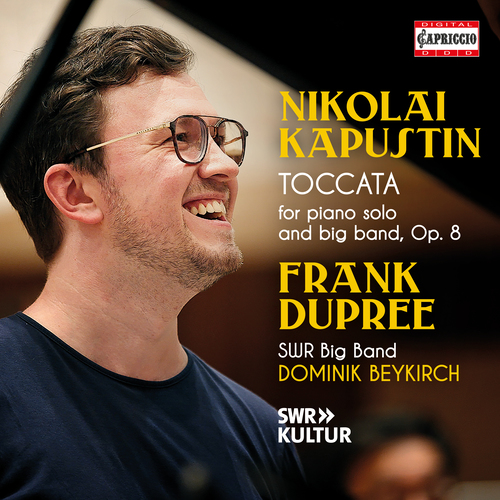
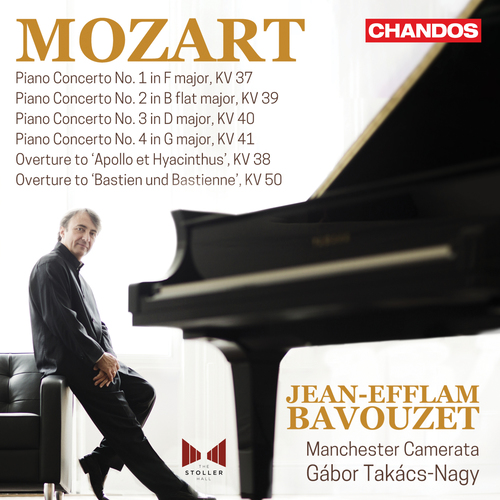
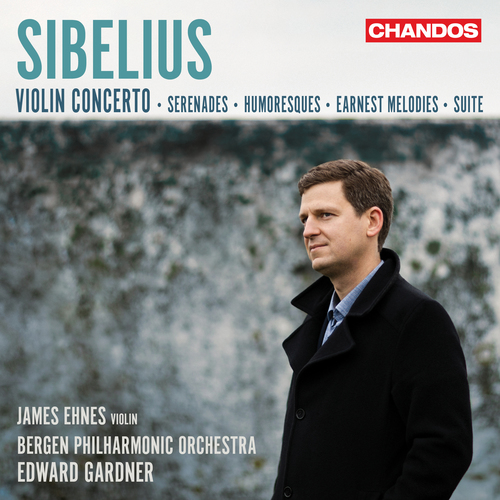
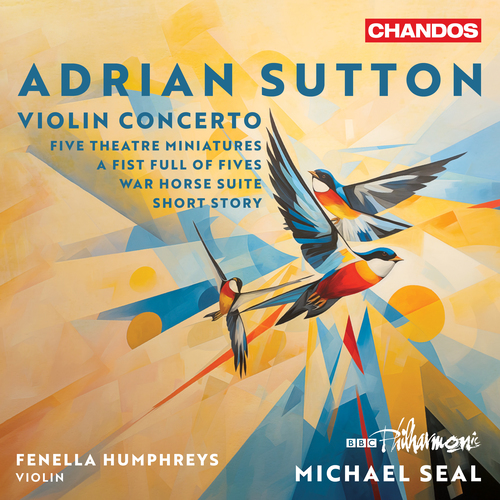
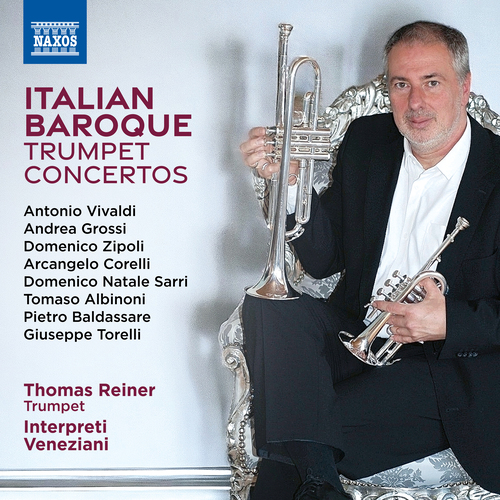
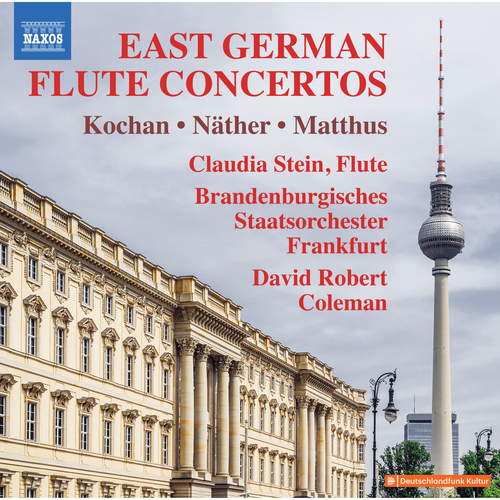
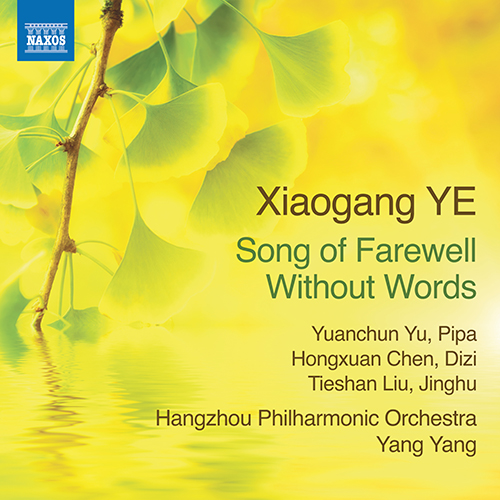
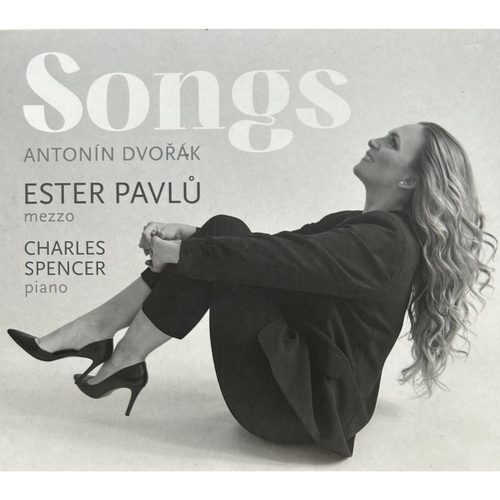
![PAISIELLO, G.: La finta amante [Opera] PAISIELLO, G.: La finta amante [Opera]](../../../sharedfiles/images/cds/hires/8.660563-64.jpg)
![DONIZETTI, G.: Chiara e Serafina [Opera] DONIZETTI, G.: Chiara e Serafina [Opera]](../../../sharedfiles/images/cds/hires/8.660552-53.jpg)
![RIHM, W.: Jakob Lenz [Opera] RIHM, W.: Jakob Lenz [Opera]](../../../sharedfiles/images/cds/hires/OC981.jpg)
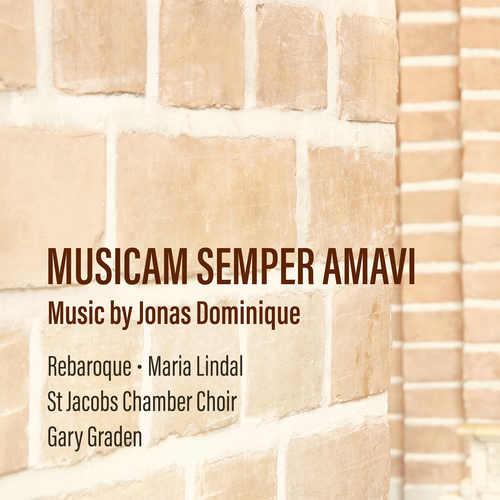
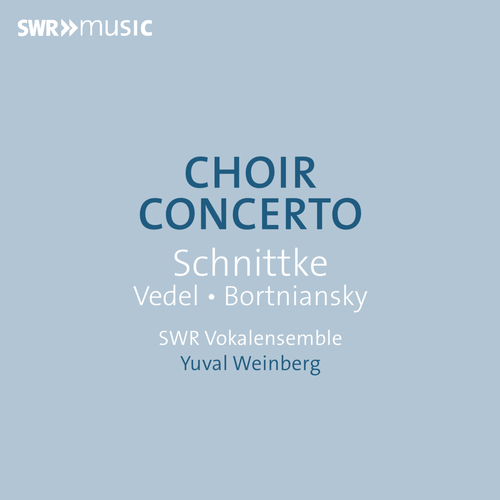
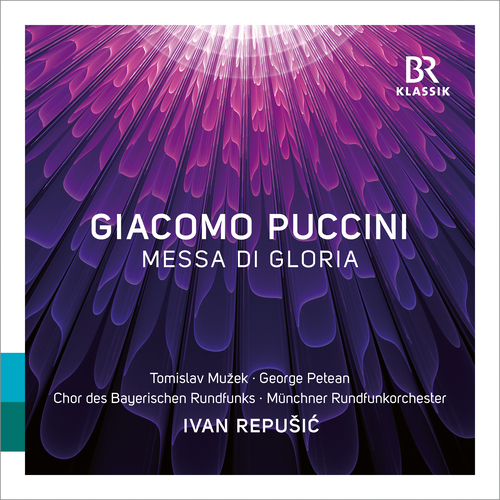
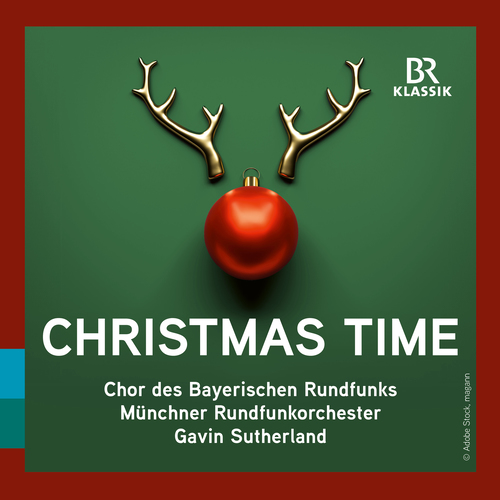
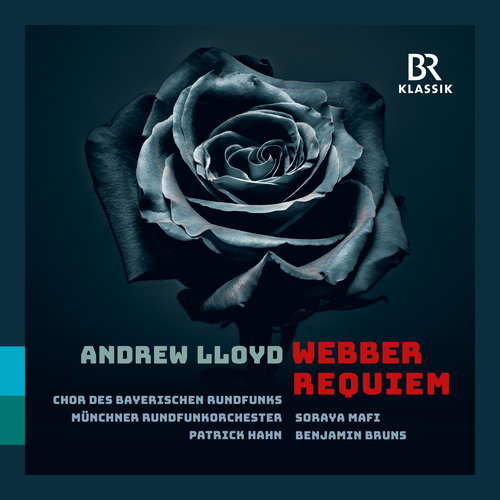
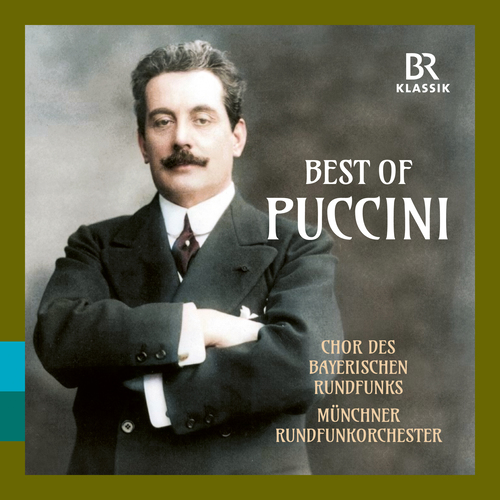
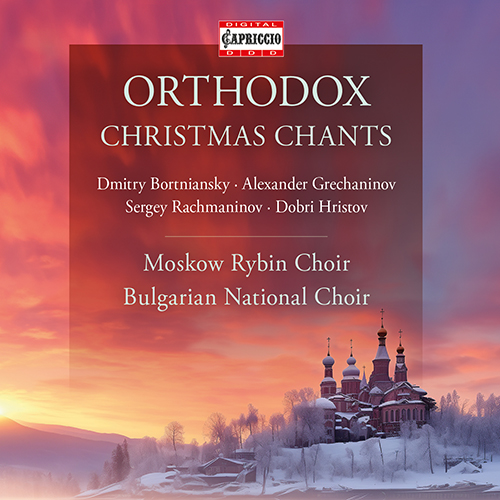
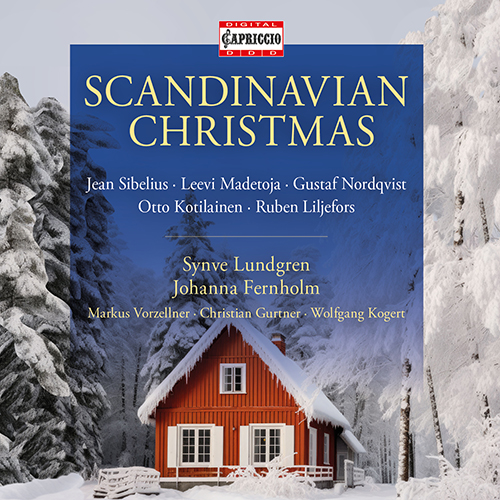
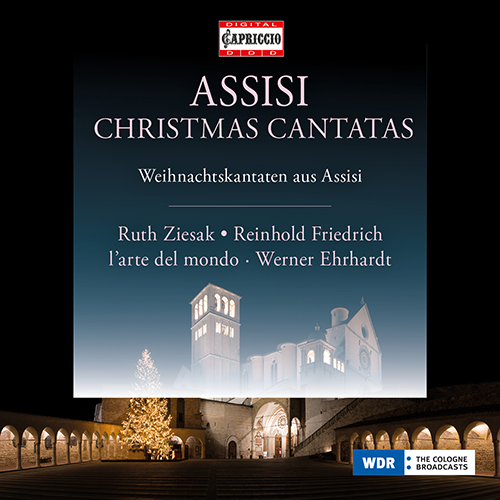
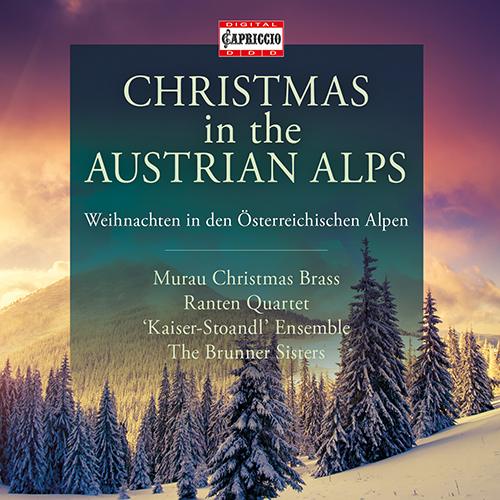
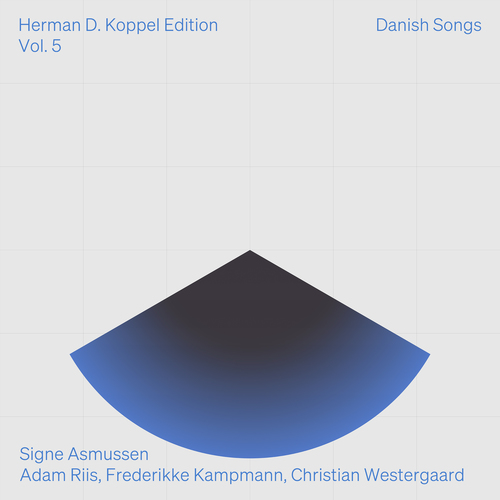
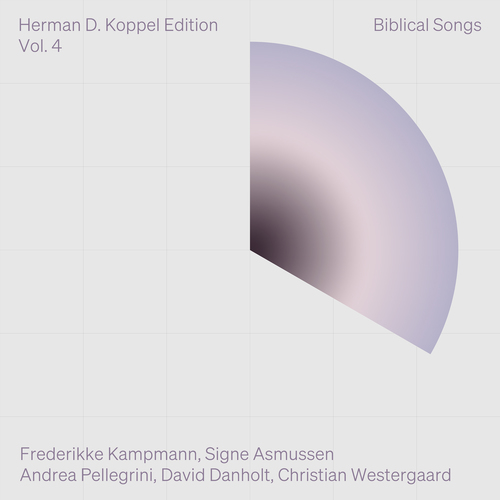
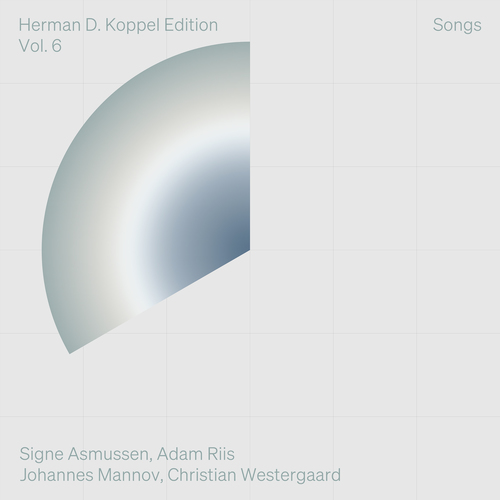
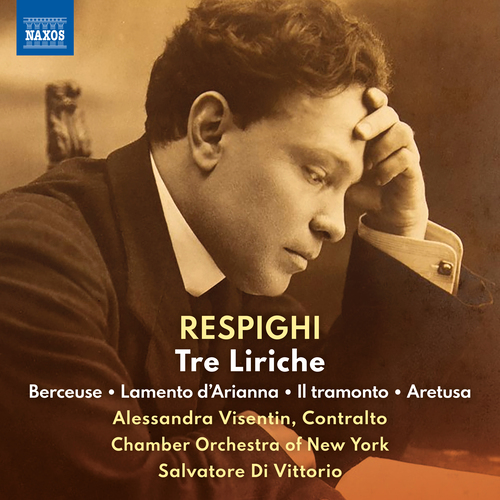
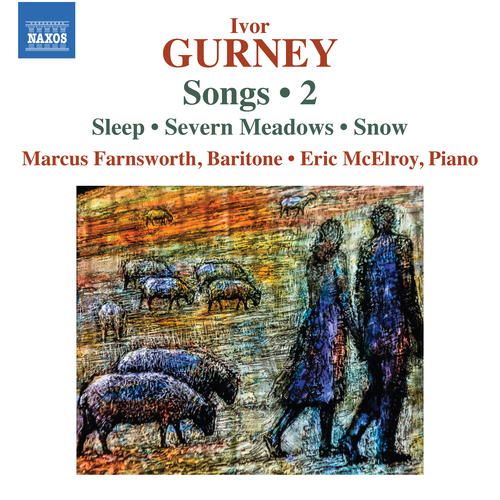
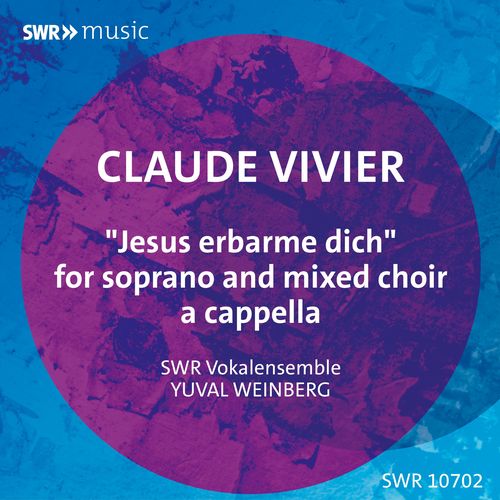
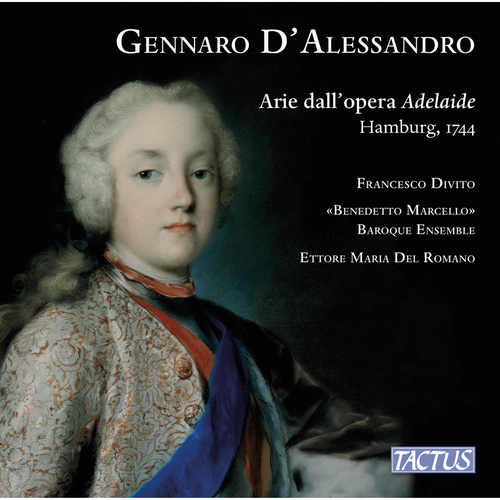
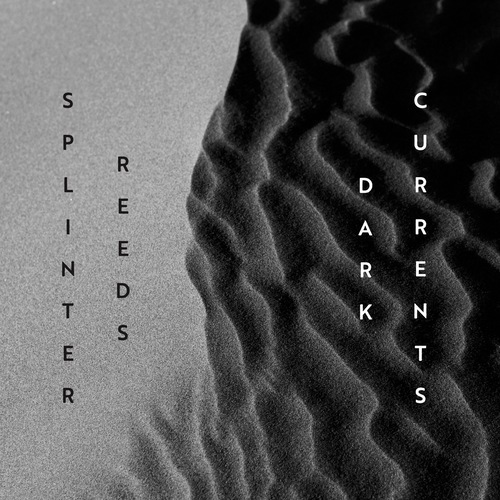
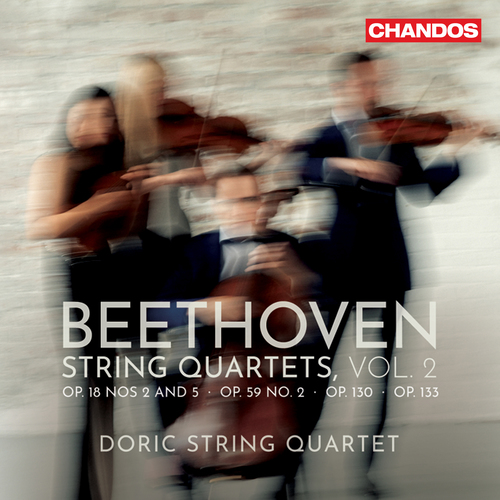

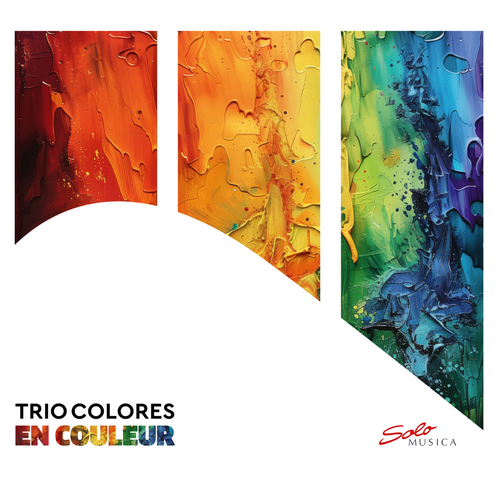
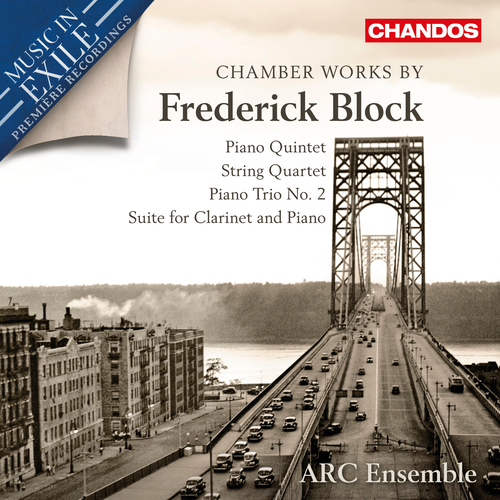
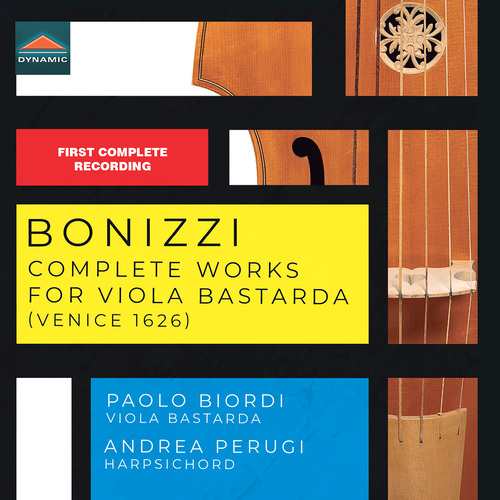
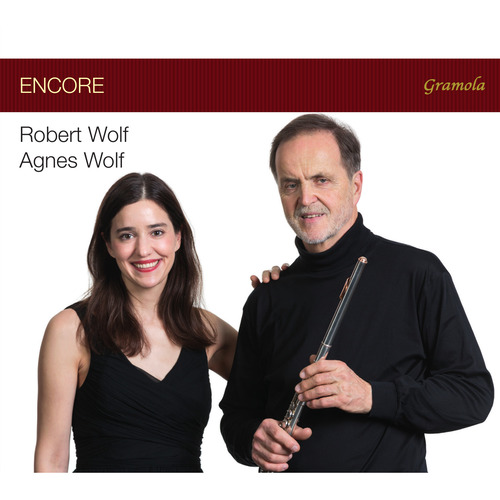
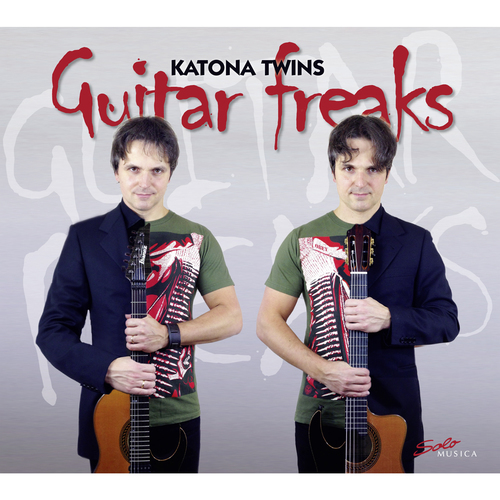
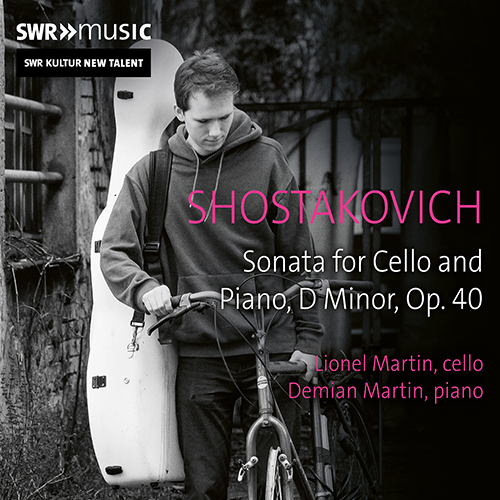
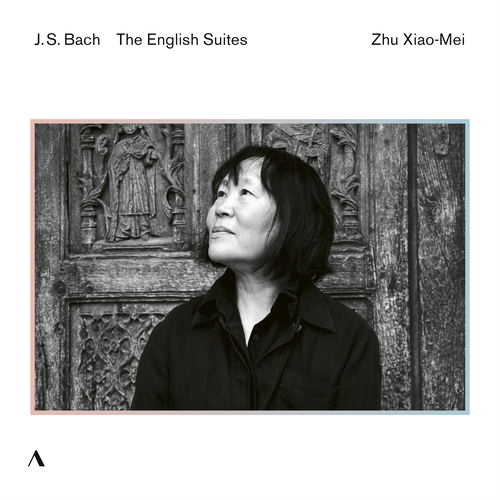
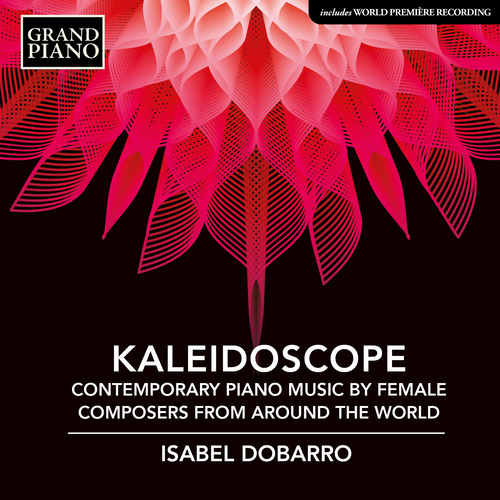
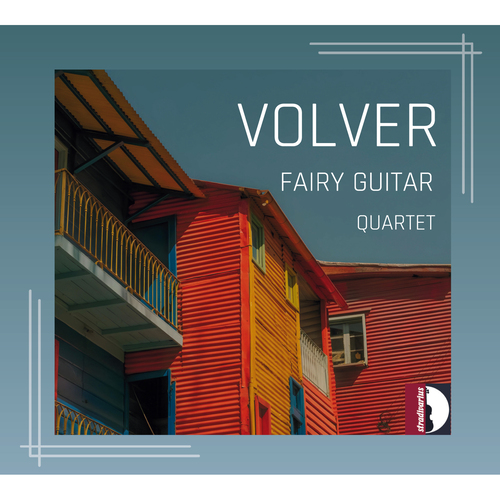
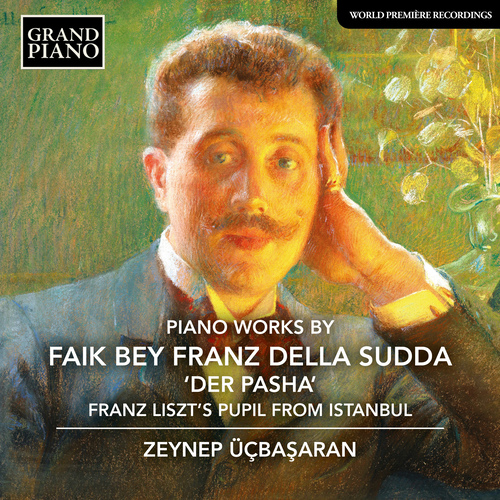
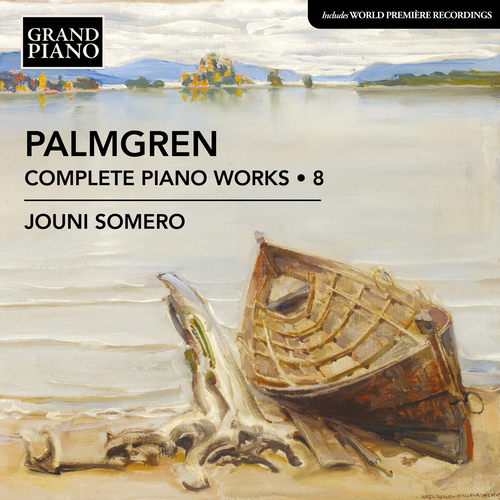
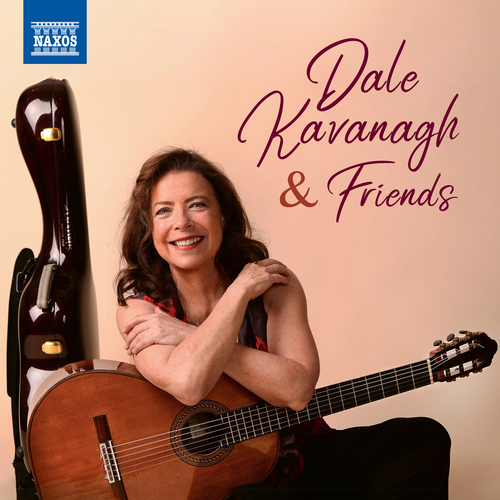
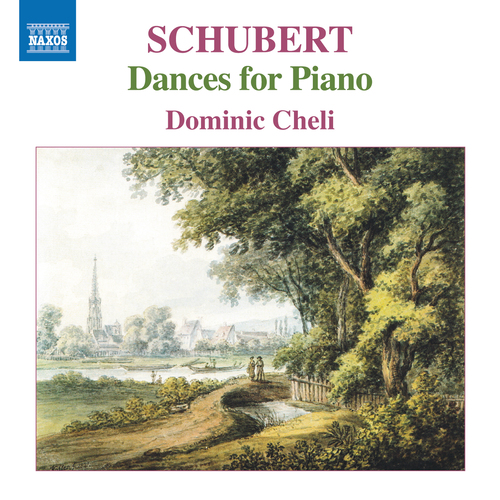
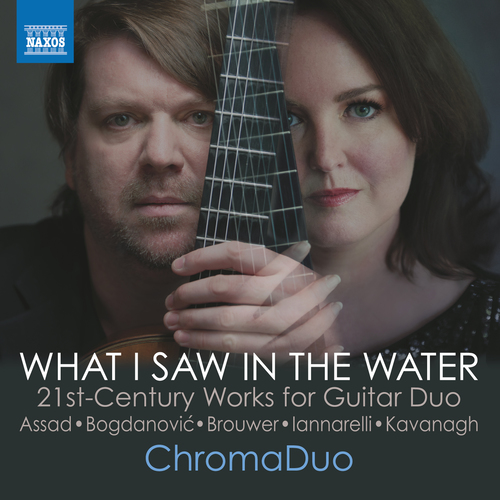
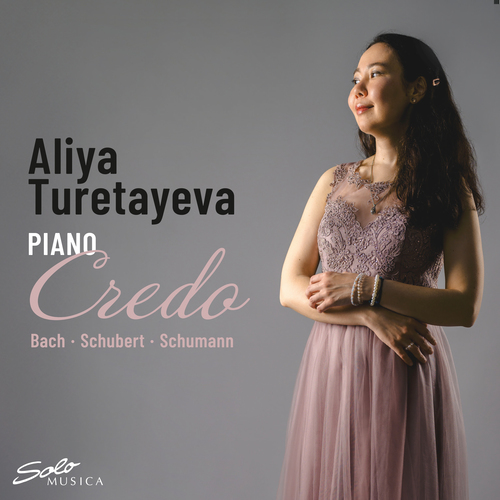
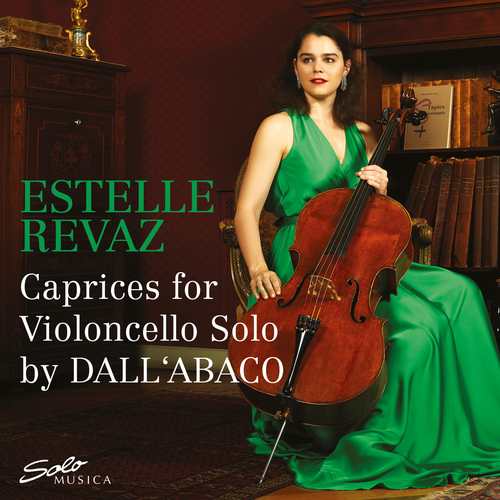
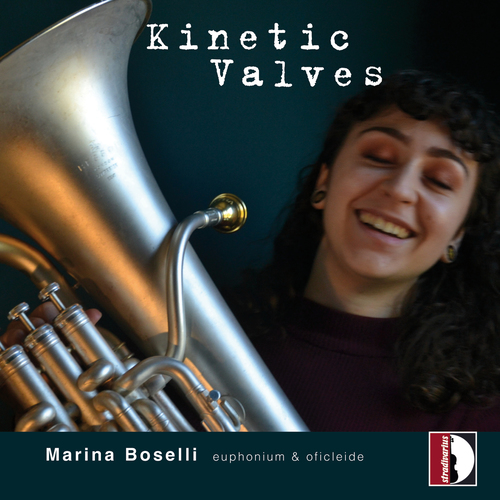
![PUCCINI, G.: Tosca [Opera] (Arena di Verona, 2023) PUCCINI, G.: Tosca [Opera] (Arena di Verona, 2023)](../../../sharedfiles/images/cds/hires/767708.jpg)
![VERDI, G.: Ernani [Opera] (Bregenz Festival, 2023) VERDI, G.: Ernani [Opera] (Bregenz Festival, 2023)](../../../sharedfiles/images/cds/hires/768108.jpg)
![DONIZETTI, G.: Il diluvio universale [Opera] (Fondazione Teatro Donizetti, 2023) DONIZETTI, G.: Il diluvio universale [Opera] (Fondazione Teatro Donizetti, 2023)](../../../sharedfiles/images/cds/hires/DYN-38029.jpg)
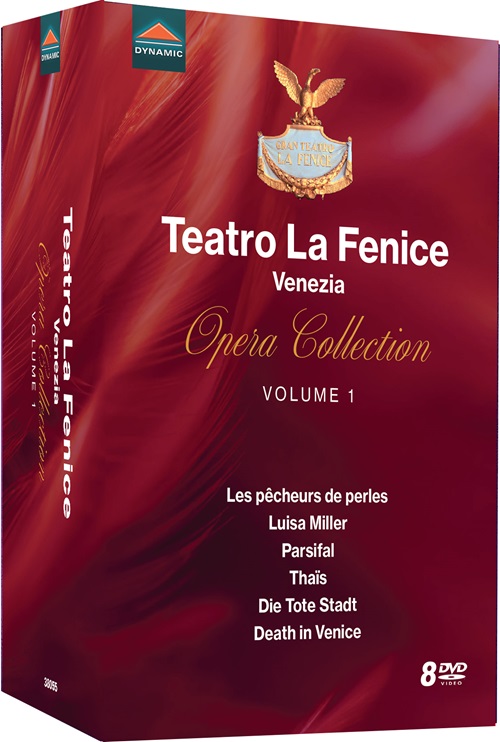
![MANEN, Hans van: Hommage à Hans van Manen [Ballets] (Dutch National Ballet, 2017) • Moving to Music (Dance Documentary, 2022) MANEN, Hans van: Hommage à Hans van Manen [Ballets] (Dutch National Ballet, 2017) • Moving to Music (Dance Documentary, 2022)](../../../sharedfiles/images/cds/hires/2.110775.jpg)
![MACMILLAN, K.: L’histoire de Manon [Ballet] (Royal Ballet, 2024) MACMILLAN, K.: L’histoire de Manon [Ballet] (Royal Ballet, 2024)](../../../sharedfiles/images/cds/hires/OA1390D.jpg)
